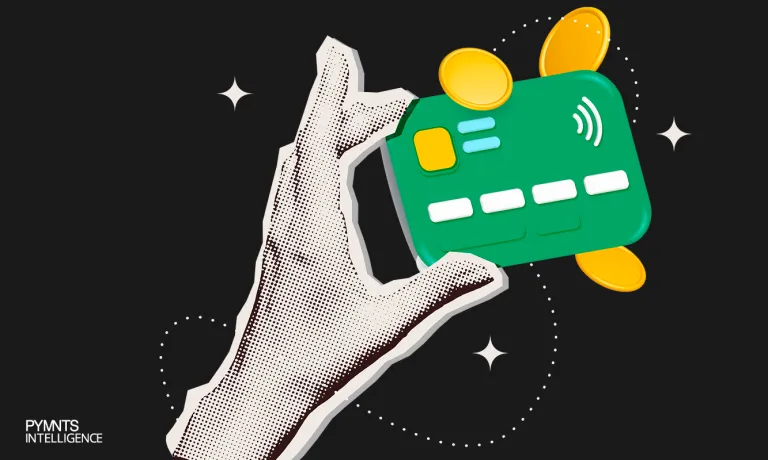
Credit card rewards, offers and perks play a central role in how consumers decide which card to use at checkout. Most consumers carry cards with entry-level incentives like cash back or points. These are often tied to a specific brand, retailer, airline or hotel. More than 1 in 4 shoppers actively alternate between these cards based on the rewards they can unlock — highlighting a strategic opportunity for issuers to make their benefits more compelling and top-of-wallet.
At the other end of the spectrum, premium credit cards with higher annual fees are gaining traction among consumers willing to pay for exclusive access to travel, dining and lifestyle benefits. These luxury cardholders tend to be highly engaged — once they commit, they use these cards regularly.
Issuers across the board now have a new advantage: advances in data analytics. These tools enable the creation of highly personalized rewards, predicting individual spending behavior with increasing accuracy. The true innovation lies in item-level data. This data allows issuers and merchants to tailor loyalty programs to the unique preferences of each cardholder. That may explain why nearly 3 in 4 premium cardholders used at least one card-linked offer in the past year.
These insights come from “How Consumers Decide Which Credit Card to Pay With,” a proprietary study by PYMNTS Intelligence. Based on a survey of 3,066 U.S. consumers conducted in January 2025, the report explores what drives engagement, retention, and satisfaction — and how issuers can leverage smarter analytics to strengthen consumer relationships.



